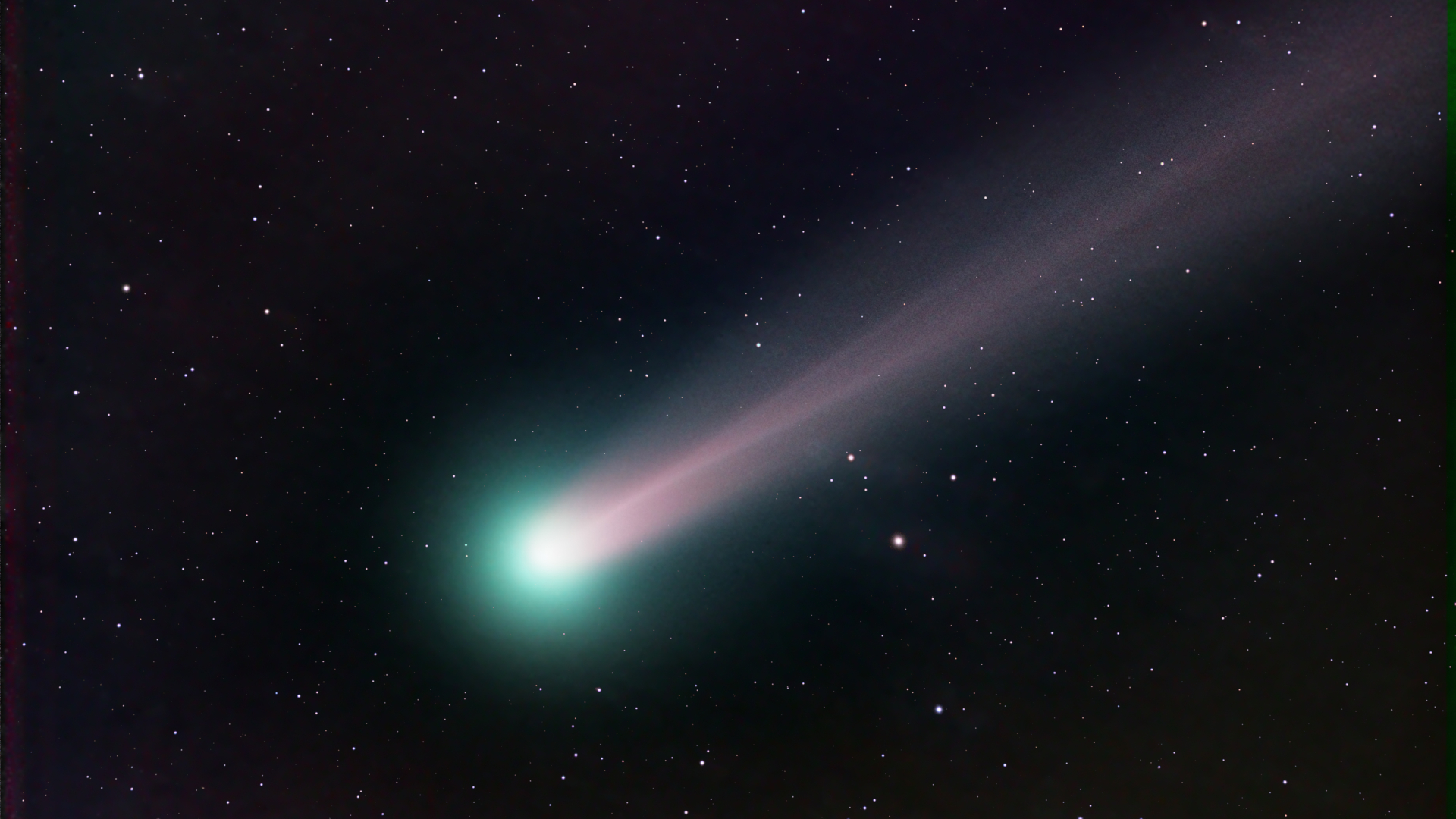
Comets: The Celestial Wanderers of the Night Sky
Comets have fascinated and mystified humanity for centuries. These cosmic wanderers, often described as “dirty snowballs” or “icy dirtballs,” traverse the night sky, leaving brilliant tails and captivating trails of wonder. In this comprehensive article, we’ll embark on a journey through the fascinating world of comets, exploring their origins, composition, structure, historical significance, and the scientific insights they provide about the universe.
What Are Comets?
Comets are celestial objects that primarily consist of ice, dust, and rocky material. They are often likened to “cosmic snowballs” because they contain volatile ices like water, carbon dioxide, methane, and ammonia, along with dust and rocky particles. Comets are distinguished by their elongated orbits that can take them far from the Sun and then bring them in close proximity to it.
Comet Structure and Composition
Comets are composed of several key components:
1. Nucleus: The Heart of the Comet
The nucleus is the solid core of a comet and is typically a few kilometers in diameter. It is made up of a mixture of water ice, frozen gases, dust, and rocky material. The nucleus is the “dirty” part of the “dirty snowball” analogy, as it contains a significant amount of non-volatile, solid material.
2. Coma: The Atmosphere of a Comet
As a comet approaches the Sun, the heat causes the volatile ices within its nucleus to sublimate (change from a solid to a gas). This process creates a glowing, hazy envelope around the nucleus known as the coma. The coma can extend for thousands of kilometers in space and contains gas and dust.
3. Tail: The Iconic Feature
The most iconic feature of comets is their tails. Comets have two types of tails:
- Dust Tail: This tail is made up of tiny dust particles released from the comet’s nucleus. It often appears yellowish and follows the comet’s path.
- Ion Tail: The ion tail is composed of ionized gas molecules (plasma) and is bluish in color. It points directly away from the Sun due to the solar wind’s influence.
Comet Orbits and Origins
Comets have highly elliptical orbits, which means they can spend most of their time in the distant reaches of the solar system, where they remain frozen and dormant. However, when they approach the Sun, they become active, developing a coma and tails due to sublimation.
There are two primary categories of comets:
1. Short-Period Comets
These comets have orbits that take them relatively close to the Sun and Earth. They typically have periods of less than 200 years. Examples include Halley’s Comet and Comet Encke.
2. Long-Period Comets
Long-period comets have orbits that can extend far beyond the solar system’s Kuiper Belt and Oort Cloud. Some of them have orbits lasting thousands or even millions of years. These comets are often unpredictable in their appearances and include Hale-Bopp and Comet Hyakutake.
Historical Significance and Cultural Impact
Throughout history, comets have played a significant role in shaping human culture, mythology, and even superstitions. Ancient civilizations often interpreted comets as omens or signs of impending events, both positive and negative. For example:
- Halley’s Comet, which appears roughly every 76 years, has been recorded by numerous cultures throughout history and is mentioned in ancient texts.
- Comet Hale-Bopp, with its spectacular appearance in 1997, captured the public’s imagination and became one of the most widely observed comets in history.
Scientific Insights from Comets
Comets provide valuable insights into the formation and early history of our solar system. Because they contain primitive material that has been preserved since the solar system’s birth, studying comets can help answer questions about the conditions and materials present in the early solar system. Key scientific findings from comet missions include:
- Water on Earth: Comets are believed to have delivered a significant portion of Earth’s water. Studying the isotopic composition of water in comets helps scientists understand the origins of our planet’s water.
- Complex Organic Molecules: Comets contain complex organic molecules, including amino acids, the building blocks of life. This raises the possibility that comets played a role in seeding Earth with the ingredients for life.
Comet Exploration and Future Missions
Numerous space missions have been launched to study comets up close. Notable missions include NASA’s Stardust and EPOXI missions, the European Space Agency’s Rosetta mission, and Japan’s Hayabusa2 mission.
Future missions, like the European Space Agency’s Comet Interceptor and NASA’s Comet Astrobiology Exploration Sample Return (CAESAR), aim to continue unraveling the mysteries of these celestial wanderers.
Conclusion
Comets are captivating celestial objects that have captured the imagination of humans for centuries. From their mysterious origins and stunning appearances to their scientific importance in understanding the early solar system, comets continue to be a source of wonder and discovery. As technology advances, our understanding of these cosmic snowballs deepens, promising even more insights into the secrets of our solar system and the universe beyond.
